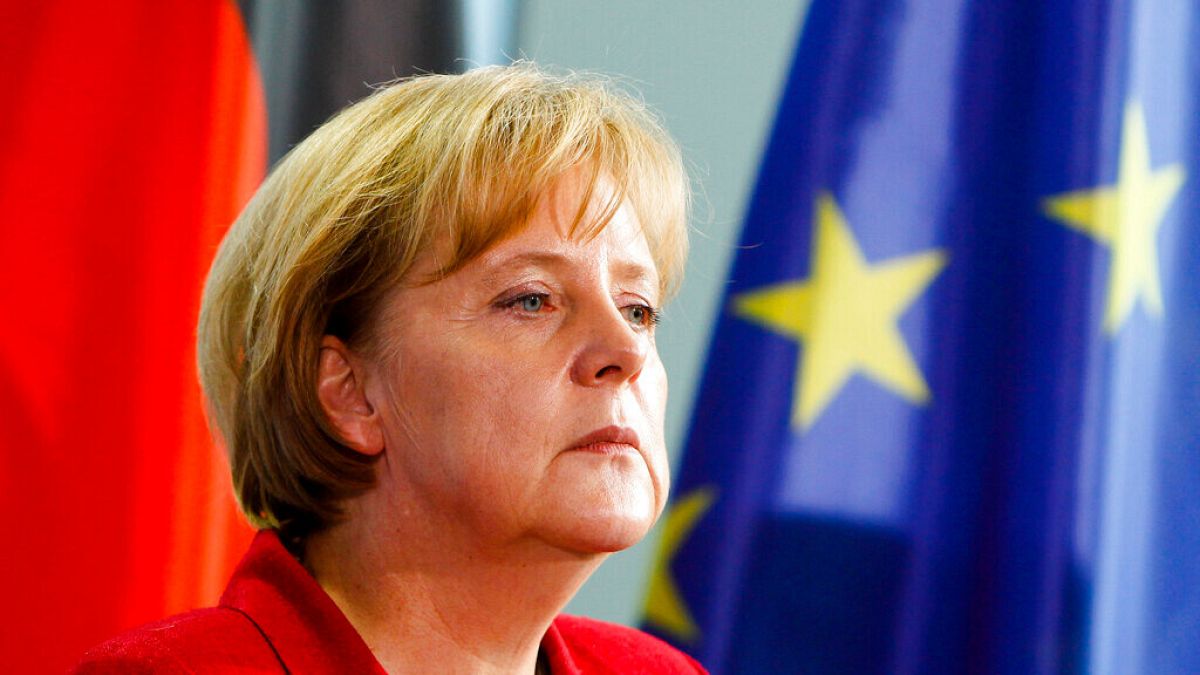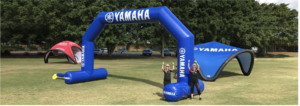Graffiti more than tripled in Rotorua in the year to June 30 — costing ratepayers more than $100,000.
Rotorua Lakes Council received 629 reports of graffiti in the past financial year which cost $102,332. The bill is expected to be thousands of dollars higher this financial year.
Tauranga-based Graffiti Busters director Anthony Nel removes tagging across the Bay of Plenty and Waikato.
Graffiti attacks were getting worse due to recent warmer weather and the materials used less likely to be washed away, Nel said.
In Tauranga, it was “getting out of hand”.
“Even what we’ve noticed in Rotorua is that it will go quiet for a while and then you get a whole lot of requests come through for graffiti removal and it’s a new tagger in town.”
Taggers put their “trademark” wherever they could, he said, with some even getting onto roof buildings.
Nel believed there was a “broken window effect” in Rotorua in that where there was one type of crime, other crimes followed.
Culprits ranged from teenagers to people in their 30s but “it could be anyone, to be honest”. Some of it was gang-related, and some were kids at bus stops using marker pens.
Tauranga and Rotorua were “completely different” with each having vandals marking their patch, he said.
His advice to anyone experiencing the vandalism was to remove it or call the council as quickly as possible as there was less chance of it repeatedly returning.
Nel said when he first started subcontracting to Rotorua Lakes Council its focus was on all graffiti but now it is the CBD.
Problem areas include the outskirts of town, such as Te Ngae Rd, which had become a bit of an “eyesore” and not ideal for tourism.
Rotorua Anglers’ Association president Ron Cole spoke to Local Democracy Reporting outside of its building on Pererika St.
It, and neighbouring buildings, was sprayed in a multitude of colours in varying fonts and scribbles.
Cole said there had not been any graffiti issues for a long time, but there was recently a spate.
“I’ve never understood the thought process behind destruction of property.
“People don’t understand the costs to fix it.”

Cole was grateful to Resene for donating 50 litres of recycled paint for the association to fix up the building.
Graffiti Busters contacted the association about the graffiti to offer advice.
Cole said the association would paint over any new graffiti.
He understood he may need to paint over it a few times before it stopped.
629 reports of graffiti last year — Rotorua Lakes Council
A Rotorua Lakes Council spokesman said it promptly addressed graffiti when it was reported.
“Our public spaces are meant for everyone to enjoy, and vandalism or graffiti ruins this experience for everyone. It’s always disappointing to see public buildings, playgrounds and other areas damaged or defaced.”
Murals were created with local groups and schools in areas targeted, he said, to “add local character”, foster community pride and help deter graffiti.
The council reported graffiti to the police “when appropriate” and sent contractors to clean it quickly.
It cost the council $102,332 through its City Clean contract last financial year.
“This financial year we have spent $75,998 on graffiti and we estimate it will cost us $110,000.”
It received 135 reports of graffiti this financial year so far.
Last year, it received 629, up from 186 for the full 2021/22 financial year and 79 the previous year.
Graffiti can be reported to the council by calling 07 3484 199 or emailing information to [email protected].
Tauranga City Council has one dedicated graffiti operator in its City Operations team who responds to reports of vandalism and proactively removes graffiti.
City operations manager Greg Steele said crews removed graffiti as they came across it in regular maintenance work.
From December 2023 to August 2024, its graffiti removal costs were estimated at $51,492.
Between January and July, there were 370 reports of graffiti.
There were 787 in 2023 and 893 the year before.
“We provide a free graffiti removal service for residential and small business property owners who are unable to remove it themselves. To be eligible for the service the graffiti must be visible from the road.”
Steele said it was a serious crime that required a “strong community response”. The best way to combat tagging was prompt cleaning.
He asked racist or graffiti with bad language be reported immediately to 07 577 7000.
“We also ask people to call us if they see graffiti on council-owned assets and infrastructure. Graffiti on private businesses should be reported to the affected business for removal.”
People who see vandalism taking place should call 111 from a safe distance.
A police spokesman said it encouraged tagging or graffiti victims to report it to police via its 105 number or at the local station, or to the council. He said they ask for photographs of damage and any video footage.
Prevention measures include adequate lighting, CCTV cameras and signage to say it is there.
“It is recommended large blank areas such as fences or walls have natural coverings across them and items that can be climbed upon are removed.”
Anyone convicted of intentional damage faces up to seven years imprisonment.
LDR is local body journalism co-funded by RNZ and NZ On Air.













